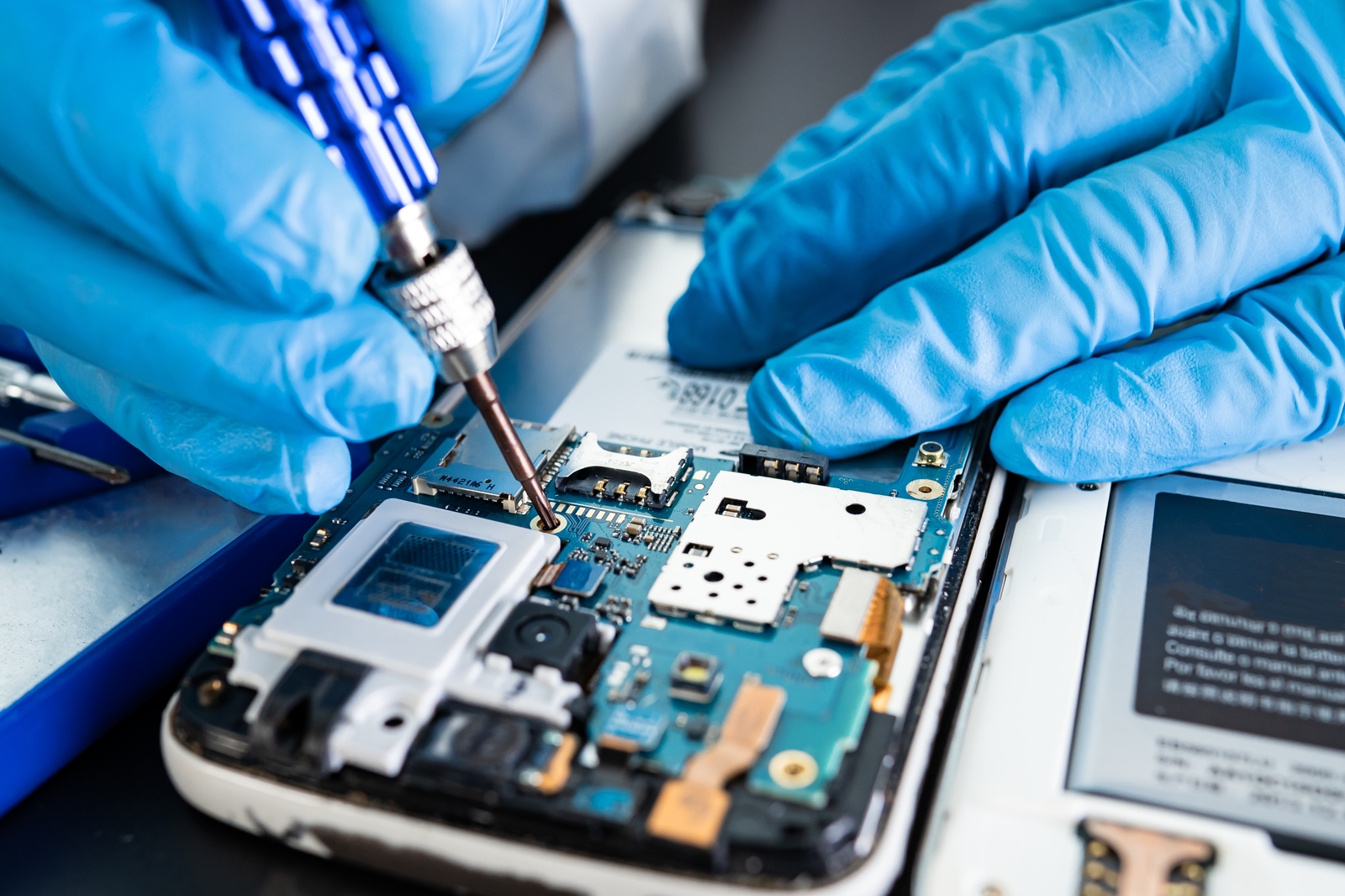
In the first two parts of our series, we introduced the fundamentals of clad metals and explored the processes behind their creation. These engineered materials -formed by bonding dissimilar metals into a layered structure - offer a powerful advantage: the ability to combine properties that no single metal can achieve on its own.
In this article, we turn our focus to real-world applications. Clad metals are helping engineers overcome complex design challenges across industries by delivering tailored combinations of strength, conductivity, corrosion resistance, thermal performance, and weight reduction. From consumer electronics and hydrogen fuel generation to lightweight structures for electric aviation, cladding is enabling solutions that push the boundaries of what’s possible in materials engineering.

Figure 1. Combinations made with clad metals to generate new, unique property sets.
Want deep drawability and corrosion resistance?

Want strength and thermal conductivity?
Cell phones are packed with electronics that can overheat if they are overloaded, creating hot spots in your phone. Copper is an excellent thermal conductor that can be used as a heat spreader, but it lacks the strength to withstand the everyday uses of cell phones. Materion’s eStainless® Clad is a SUS/Cu/SUS that solves this problem because the bulk of the material is still copper, keeping the thermal conductivity high. The outer stainless-steel skins provide excellent strength, especially in bending.

Want to lower the carbon footprint of your solution?
Titanium is a highly sought after metal used in bipolar plates in hydrogen electrolyzers because it can withstand the high temperatures and corrosive environments inherent to the application. The drawback is titanium is expensive and has a high carbon footprint due to the extensive processing required to make it. It is possible to clad a thin layer of titanium to a structural alloy, like stainless steel, getting all the benefits of titanium at a fraction of the volume of a mono-metal solution.

Want to reduce your reliance on high-value metals?
Sometimes the use of expensive metals is unavoidable. For example, silver is used in high-power connector applications due to its high thermal and electrical conductivity. However, it lacks strength, so it is often alloyed or clad with copper. Rather than cladding a thin layer of silver over copper, designers can use inlay cladding capabilities to put a stripe of silver only where needed for the finished part design. This significantly reduces the amount of silver needed, reducing the overall raw material cost per part.

Want a lightweight and strong solution?

At Materion, we can make any of these combinations a reality. We have the engineering know-how and two dedicated cladding facilities to take your project from the initial idea to R&D scale trials to full production. Our R&D facility is in Lincoln, RI (USA). Here we can develop and design clad systems to fit your needs. We have a variety of samples of commonly requested clad systems so we can get samples to interested customers within days of the initial request. The Lincoln facility also stocks common alloys, so we can quickly make a custom solution without having to wait on lead times for raw materials.
Our second facility is in Leesport, PA (USA). This site can support widths up to 400 mm and can be used to scale to full production volumes. Here, the dedicated engineering and production staff can efficiently process large volumes in their state-of-the-art facility. See Table I below for general processing capabilities at each plant.

Table I. Clad processing capabilities at Materion.
As you can see, cladding opens the door to many possibilities to solve your engineering challenges. In the next article we'll dive further into how clad metals can be used for thermal management applications.
Learn more about Materion's family of clad metals on our website.